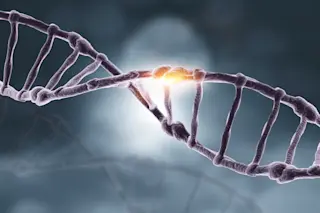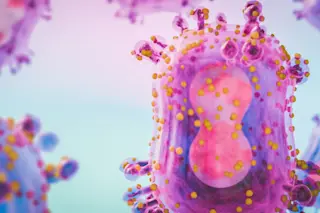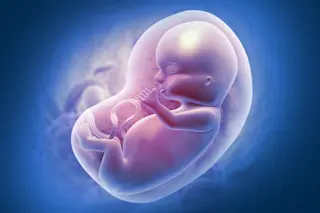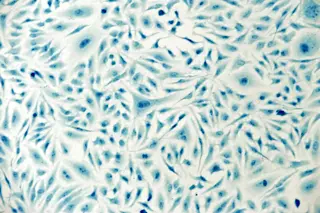The Pith: Biological complexity may be a particular evolutionary path taken due to to random acts of nature, not because there is a selective advantage to complexity.
The title above basically describes the message of evolutionary biologist Mike Lynch from what I can gather. His basic argument is outlined in long form in The Origins of Genome Architecture, though the outline of the thesis is evident over 10 years back (see Preservation of Duplicate Genes by Complementary, Degenerative Mutations). Verbally I think the easiest way to explain Lynch's framework is that in species with small effective population sizes the creativity of stochastic forces in generating non-adaptive structure and complexity tends to overwhelm the power of natural selection to prune this tendency toward baroque. I reviewed a paper last year which argued that Lynch's observation of an inverse relation between effective population and genome size was an artifact, that once you ...













